Growth in Energy Sector
The Refractory Material Market is also benefiting from the expansion of the energy sector, particularly in power generation and petrochemicals. The increasing focus on energy efficiency and the transition towards cleaner energy sources necessitate the use of high-performance refractories in various applications, including boilers and furnaces. The energy sector has been projected to grow at a steady pace, with investments in renewable energy technologies further driving the demand for specialized refractory materials. As energy companies seek to optimize their operations and reduce emissions, the Refractory Material Market is expected to experience a corresponding increase in demand for innovative refractory solutions.
Expansion of Cement Production
The Refractory Material Market is significantly influenced by the cement production sector, which is undergoing substantial growth. Cement manufacturing requires high-temperature processes, necessitating the use of durable refractory materials. In recent years, the cement industry has seen a compound annual growth rate of around 5 percent, which is expected to continue in the coming years. This growth is largely attributed to urbanization and increasing construction activities, particularly in emerging economies. As cement plants expand and modernize, the demand for high-quality refractory materials is anticipated to rise, thereby enhancing the overall dynamics of the Refractory Material Market.
Increasing Demand from Steel Industry
The Refractory Material Market is experiencing a surge in demand primarily driven by the steel sector. As steel production continues to expand, the need for high-performance refractory materials becomes critical. In 2023, the steel industry accounted for approximately 70 percent of the total refractory consumption, indicating a robust correlation between steel output and refractory demand. The ongoing investments in infrastructure and construction projects further amplify this trend, as they necessitate the use of refractory materials in various applications. Consequently, the growth trajectory of the steel industry is likely to propel the Refractory Material Market, fostering innovation and development of advanced refractory solutions.
Regulatory Compliance and Safety Standards
The Refractory Material Market is influenced by stringent regulatory compliance and safety standards across various sectors. Industries such as steel, cement, and energy are subject to rigorous environmental regulations that mandate the use of high-quality refractory materials to minimize emissions and enhance safety. As companies strive to meet these regulations, the demand for advanced refractory solutions is likely to rise. Furthermore, the emphasis on workplace safety and operational efficiency drives the need for reliable and durable refractories. This trend suggests that adherence to regulatory frameworks will continue to shape the Refractory Material Market, fostering growth and innovation in the sector.
Technological Innovations in Refractory Materials
Technological advancements play a pivotal role in shaping the Refractory Material Market. Innovations in material science have led to the development of advanced refractory products that offer superior performance, durability, and efficiency. For instance, the introduction of new formulations and manufacturing techniques has resulted in refractories that can withstand higher temperatures and corrosive environments. This trend is particularly evident in industries such as glass and ceramics, where the demand for specialized refractories is on the rise. As companies continue to invest in research and development, the Refractory Material Market is likely to witness a transformation, characterized by enhanced product offerings and improved operational efficiencies.


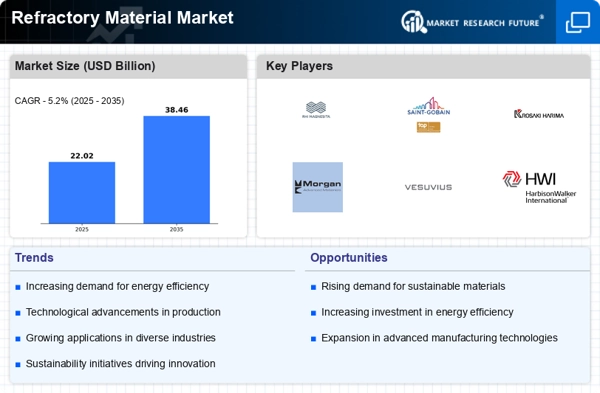
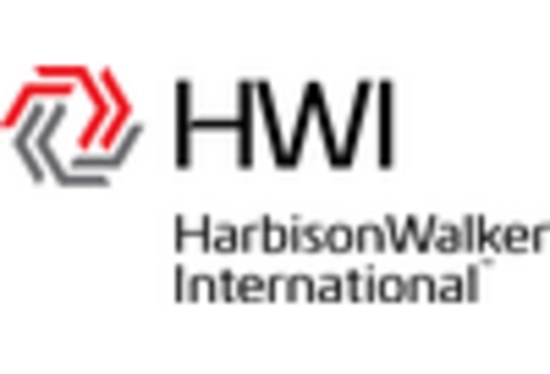
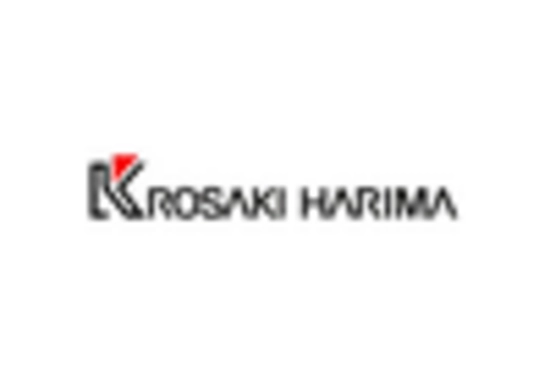
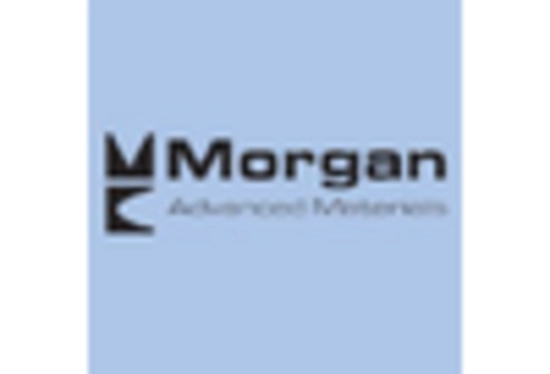
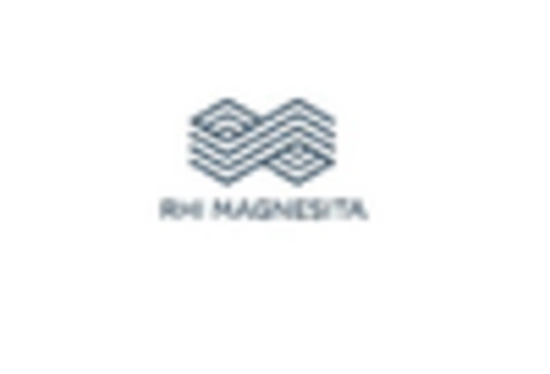

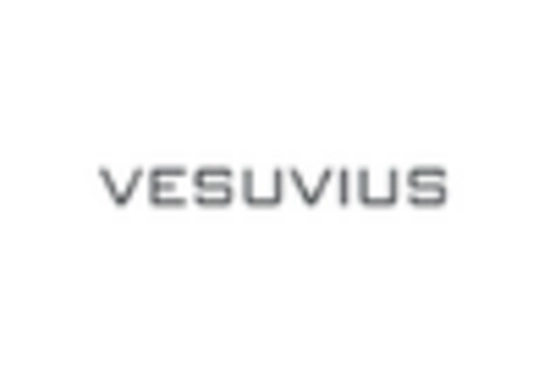








Leave a Comment